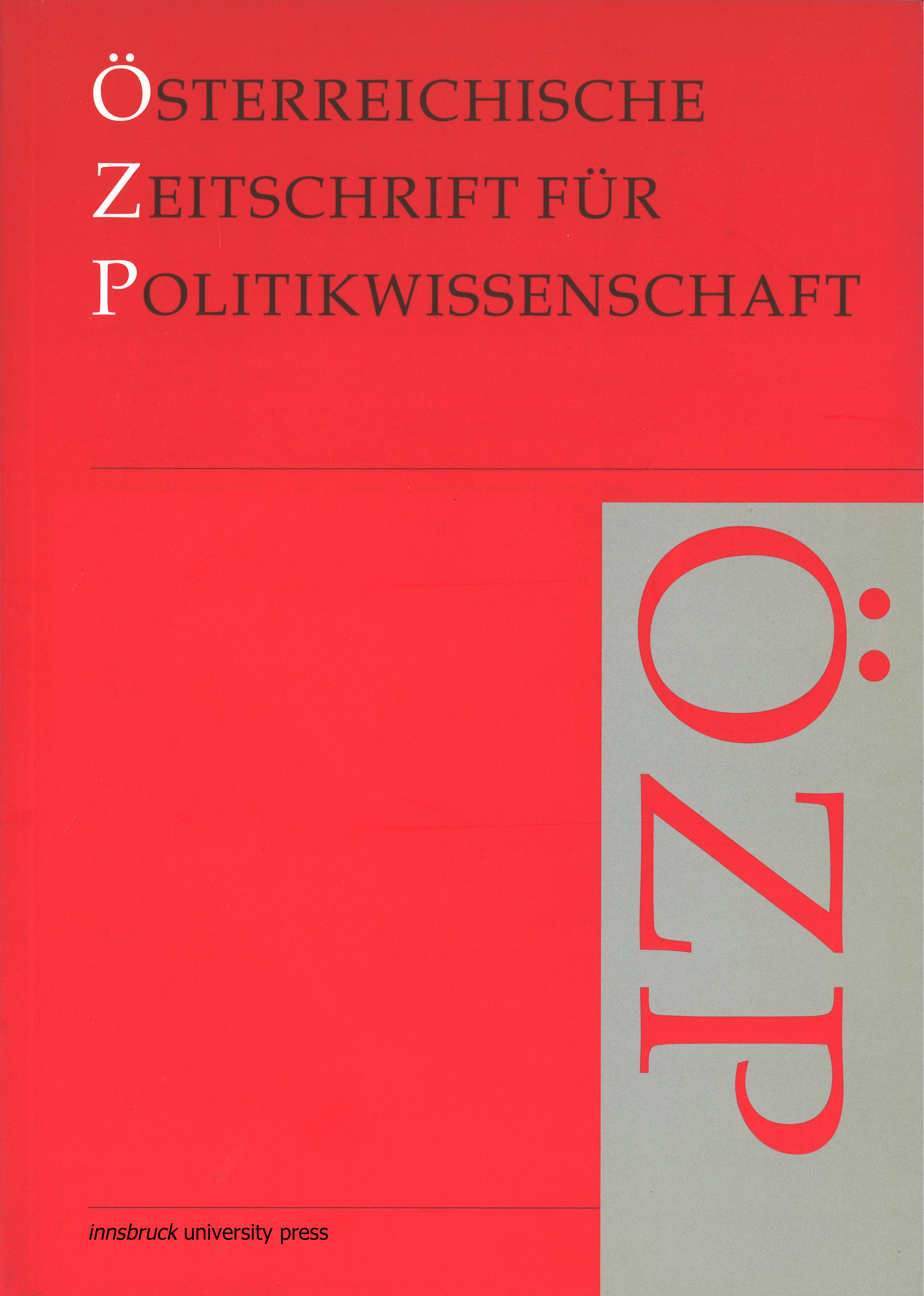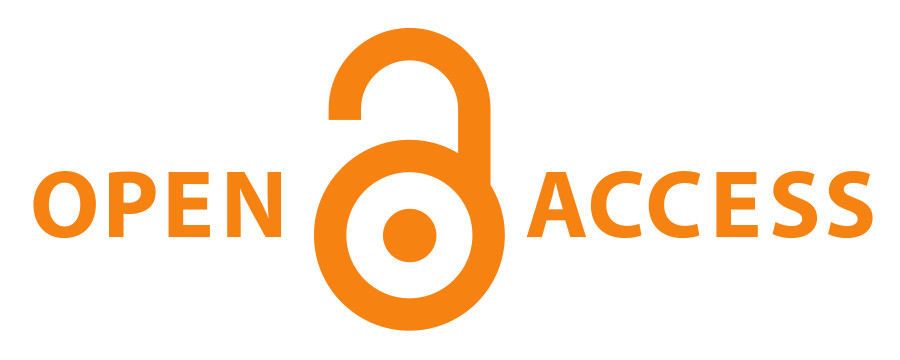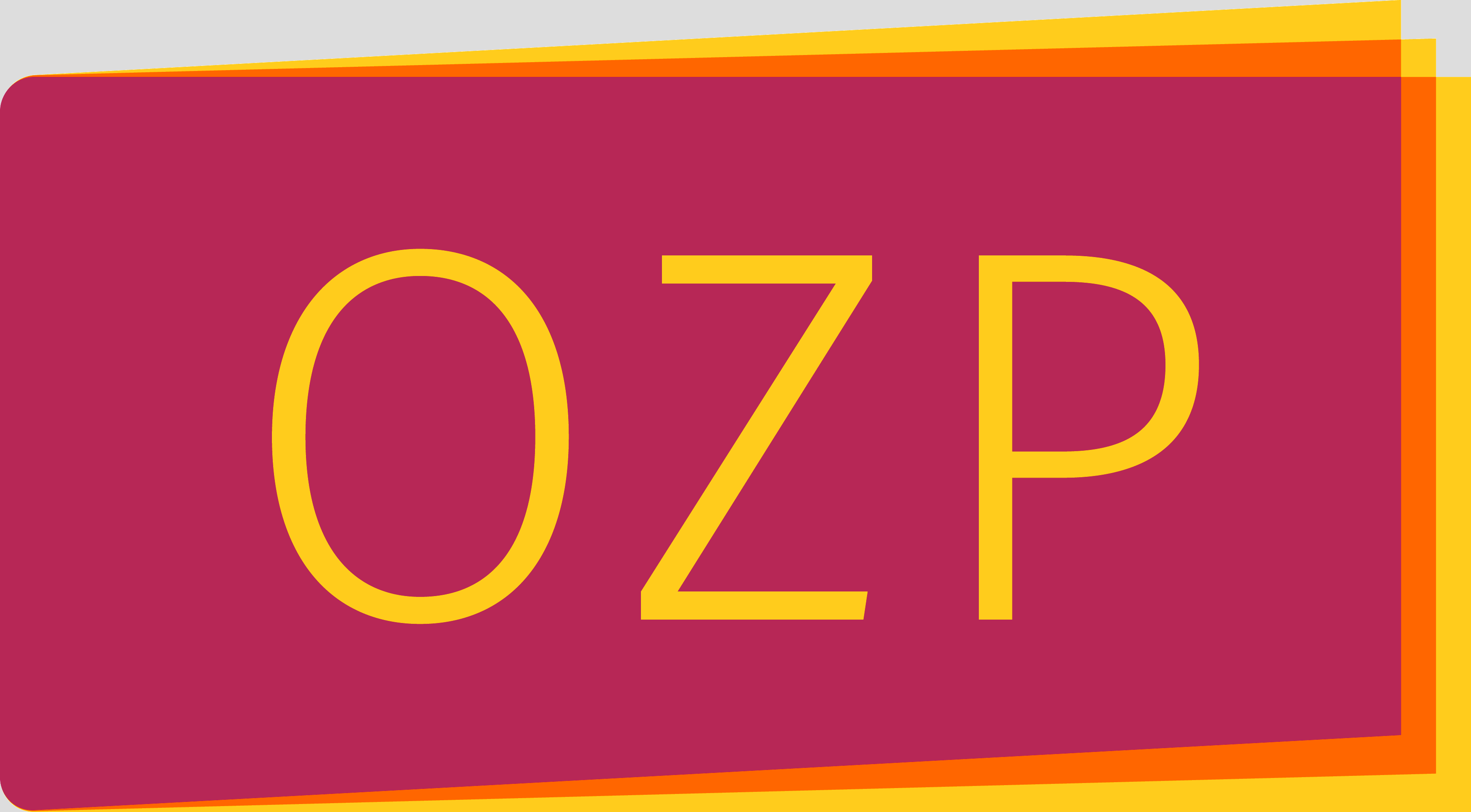Die große Koalition in Österreich: Schwierigkeiten bei der Bildung, Stabilität und Alternativenlosigkeit
DOI:
https://doi.org/10.15203/ozp.914.vol36iss2Schlagwörter:
Koalitionsbildung, Österreich, Ämtermotivation, PolitikmotivationAbstract
Dieser Artikel untersucht die Koalitionsbildung in Österreich nach der Nationalratswahl 2006. Der Koalitionsbildungsprozess war insofern mit Schwierigkeiten behaftet, als keine der möglichen Mehrheitskoalitionen von allen der benötigten Parteien angestrebt wurde. Mit speziellem Fokus auf die große Koalition aus SPÖ und ÖVP, die sich letztendlich bildete, gehen wir den Fragen nach, inwiefern die Schwierigkeiten bei der Bildung durch die Konstellation der Politikpräferenzen der Parteien erklärbar sind, inwiefern diese Koalition ein stabiles Ergebnis darstellt und ob weitere andere Bündnisse über die rein rechnerische Mehrheit hinaus Alternativen darstellen. Wir verwenden für unsere Analyse ein koalitionstheoretisches Modell, das sowohl die Ämter- als auch die Politikmotivation der Parteien berücksichtigt. Ergebnis unserer Analyse ist, dass es keine Koalition gibt, die gemäß der hier verwendeten Koalitionstheorie eine stabile Gleichgewichtslösung darstellt, was die schwierigen Koalitionsverhandlungen erklärt. Unsere Analysen zeigen aber auch, dass die Alternativen zur großen Koalition nur unter unwahrscheinlichen Bedingungen überhaupt rationale Strategien der Parteien darstellen, so dass mangels Alternativen der großen Koalition eine gewisse Stabilität bescheinigt werden kann.Downloads
Ausgabe
Rubrik
Lizenz
The OZP is the authorized publication of the Österreichische Gesellschaft für Politikwissenschaft (ÖGPW, Austrian Political Science Association)
The author of an article (in case of multiple authors: the corresponding author, responsible for releasing this material on behalf of any and all co-authors) accepted to be published in the OZP hereby acknowledges the following Copyright Notice:
- The author retains the copyright to the article.
- It is the responsibility of the author, not of the OZP, to obtain permission to use any previously published and/or copyrighted material.
- Publication of a submitted text is dependent on positive results from the peer reviewing. In such a case, the OZP editors have the right to publish the text.
- In case of publication, the article will be assigned a DOI (digital object identifier) number.
- The author agrees to abide by an open access Creative Commons Attribution (CC BY-SA) license. The license permits any user to download, print out, extract, reuse, archive, and distribute the article under the same license, as long as appropriate credit is given to the author and source.
- The license ensures that the author’s article will be available as widely as possible and that the article can be included in any scientific archive. In order to facilitate distribution, the author agrees that the article, once published, will be submitted to various abstracting, indexing and archiving services as selected by the OZP.
- In addition, the author is encouraged to self-archive the article, once published, with reference to the place of the first publication.
- After the contribution appears in the OZP, it is still possible to publish it elsewhere with reference to the place of the first publication.
- The finished article, if published, will include a correspondence address (both postal and email) of the author.
- If written under the auspices of a grant from one or more funding agencies, such as FWF (Austrian Science Fund), ERC (European Research Council), and Horizon 2020 (EU Framework Programme), an article accepted for publication has to be deposited in an Open Access archive. The OZP’s archiving policy is compliant with these provisions. (In case the article derives on funding from a different source, the author is responsible to check compliance of provisions.)




